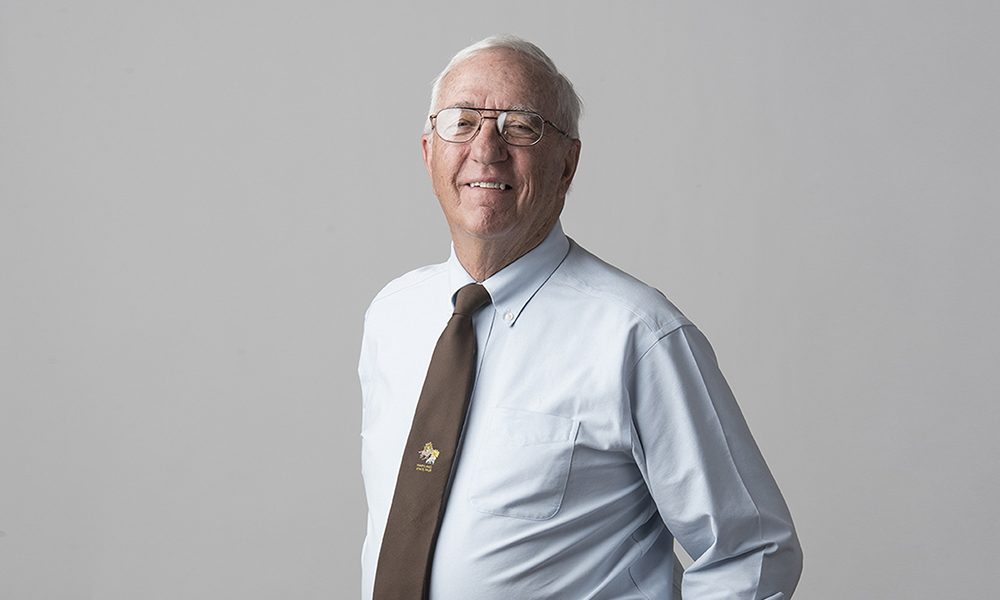Events
Cameo: Bob Shirley
We talk to the longtime Maryland State Fair employee, who's been there for more than 70 years.
When did you start working at the Maryland State Fair?
My first year was 1946. I was 11 and [hired to be] the office boy in the draft horse department. Every morning when I got to the fair grounds, I swept out the office and passed out the numbers to the exhibitors. In those days, they had a fair catalogue, which listed every exhibitor and every animal in every class. They cost 25 cents. When we had time in between other duties, we could sell programs, and when you sold a program, you got to keep a nickel of it, so, we were rich! I’ve worked at the state fair ever since.
How did you first get involved?
My family bred Clydesdale horses, and before World War II, many of our animals were shown under Shirley & Son, which was my grandfather and father. I guess it’s in my blood, but I’ve been lucky enough to meet and get to know a lot of wonderful people—and a lot of awful good horses and ponies.
You’re known as one of the “voices” of the fair, having been a horse show announcer for many years. What are some of the biggest changes you’ve seen over time?
Oh boy. [Laughs.] The spectators. In the ’40s and ’50s, it was largely a rural, agricultural audience. People were coming to the fair to see what the grand champion cow looked like so they could go home and compare it with their cattle, or they were coming to the draft horse show to look at the Percheron stallions to decide who they might want to breed their mares with. The vast majority of attendees are now suburban or even urban people, and they’re coming out for some of the other exciting things at the fair like the carnival.
There was always a good-sized midway, too, probably not as big as it is today, but to a young fella like me, I thought it was pretty exciting. Many food stands were run by local churches. The food was nothing we would consider gourmet. There were no crab cakes or crab soup—just good food that we farm kids were used to, like roast beef sandwiches, hamburgers and hot dogs, potato salad and coleslaw. They would actually serve dinners with homegrown vegetables. That’s the way it was back then.
What makes the fair so significant today?
It’s keeping people aware of how important agriculture is to the state, and to the world. When you sit down to eat three times a day, you should be thinking about the farmer because that’s where your food is coming from. We do tend to lose track of that in today’s world. Some people think they make the food at the supermarket. Certainly the most important thing the state fair does is educate people on where their food comes from.
